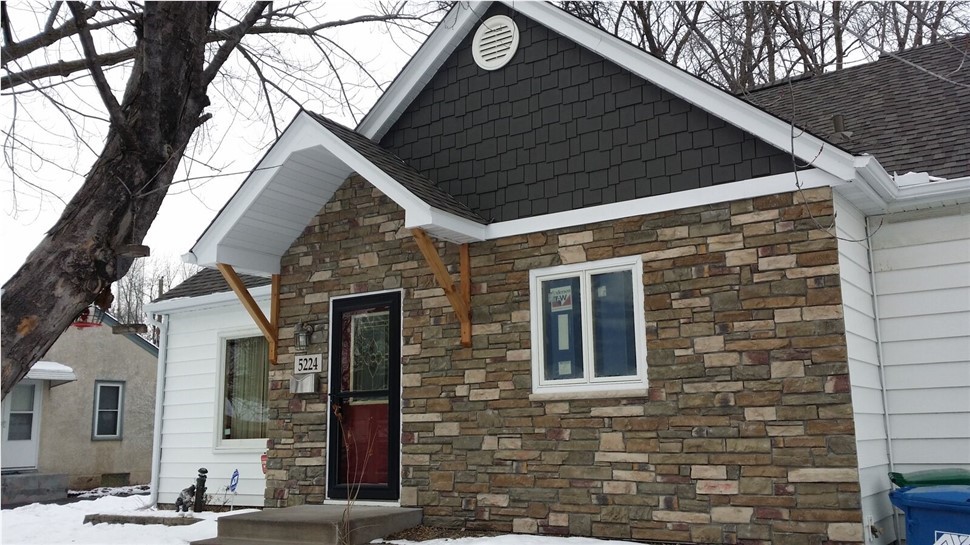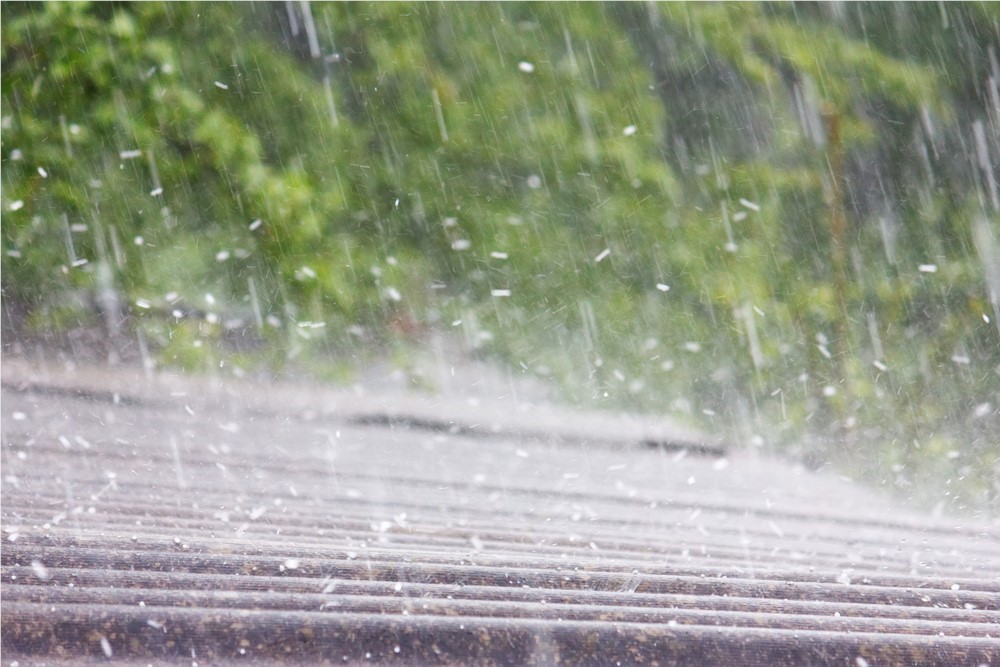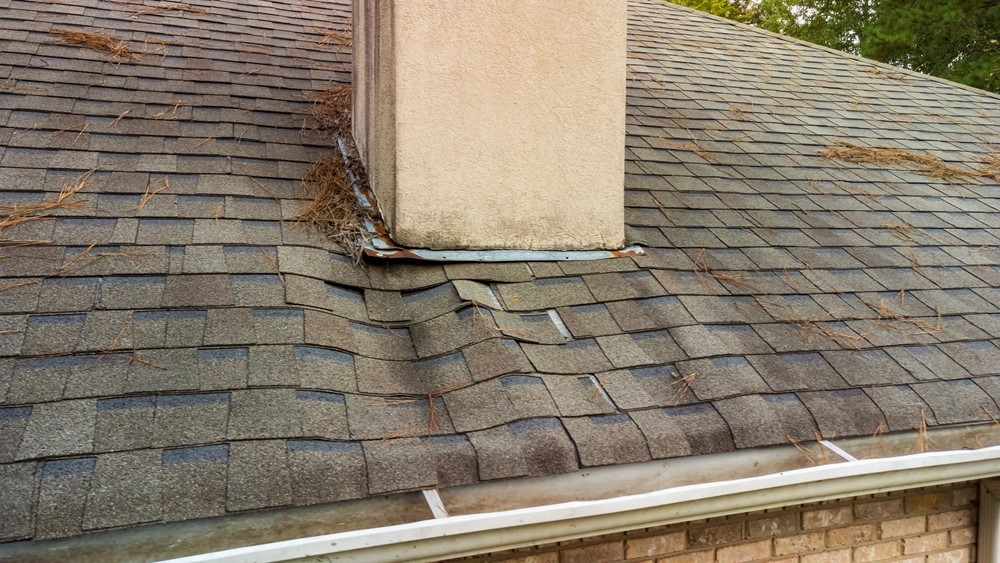Now that the weather is starting to warm up, it's about time to get started on those home maintenance tasks that you put off all winter. At the top of that list should be a roof and attic inspection. Many homeowners have their roofs inspected annually, but many neglect to take a good check on the attic area underneath the roof. This is critical to keeping your roof in good working order, because if you've got problems in your attic, it will eventually lead to roof damage.
One thing to watch for is a damp attic ceiling. Damp ceilings and condensation in your attic space is an indication of improper ventilation. It's important for air to be able to move out of your attic space. When warm, moist air becomes trapped inside, it leads to mold, mildew, and eventually it will cause the roofing boards to rot. Mold development is a serious matter; not only can it damage your wood structures, it can also cause health problems in some individuals. And damp air means damp insulation. Wet insulation is inefficient.
Adequate ventilation in an attic space is crucial, regardless of whether or attic space is finished or not. In fact, it's even more important in a finished space because additional problems can develop.
Inadequate attic ventilation in the winter can lead to ice dam development. During the warmer months it may mean that you're spending more to cool the house below it than you need to. And an overly warm attic space can also lead to curled or buckling shingles or other roofing problems. This means roof repairs or a premature roof replacement.
When you're having your roof inspected this spring, make sure you have your attic checked (or check it yourself) for moisture. The fix isn't difficult; venting installed on the roof and in the soffits should take care of the problem. But keep in mind that roof vents are not a DIY project - they must be properly flashed, so this is a job best left to a professional roofing contractor.
Subscribe to Quarve Contracting's Blog







Comments